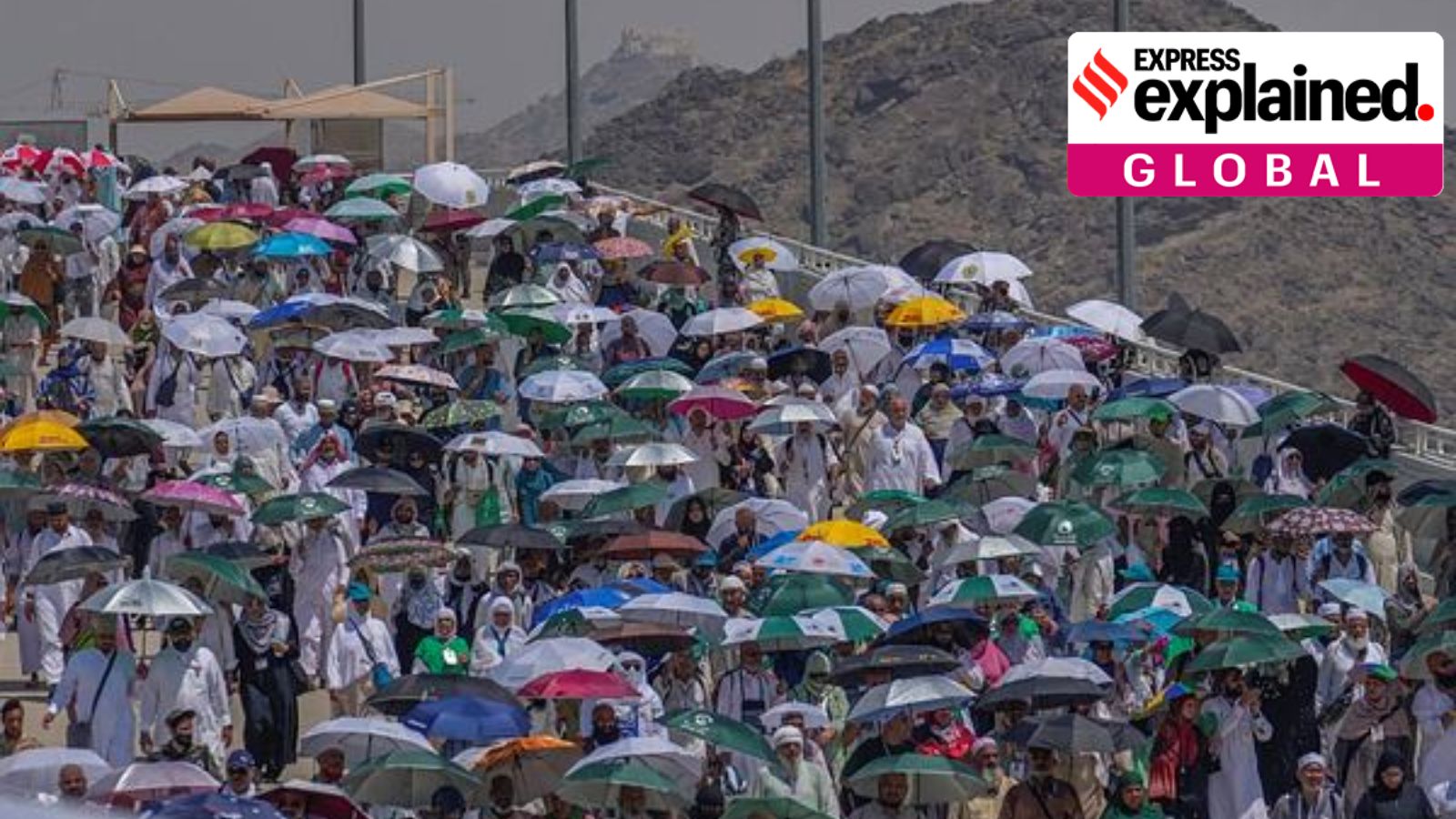
Extreme heat claimed the lives of over 1,100 pilgrims during the Hajj pilgrimage in Mecca, Saudi Arabia on June 19, 2024. The tragic event marked one of the deadliest days in recent history for this annual Islamic tradition.
According to various sources, temperatures reached record-breaking highs of up to 51.8 degrees Celsius (125 degrees Fahrenheit) in Mecca during the pilgrimage. The intense heat conditions took a toll on the health of many pilgrims, leading to hundreds of deaths due to heat exhaustion and other related complications.
The Hajj is a mandatory religious journey for every able-bodied Muslim once in their lifetime. In 2024, around 1.8 million Muslims from all over the world had gathered in Saudi Arabia for this sacred event.
Despite the tragic loss of life, officials have yet to release an official death toll or comment on the cause of these fatalities. However, several thousand cases of heat exhaustion were reported by the Saudi Arabian Health Ministry during the pilgrimage.
The extreme heat conditions also posed a risk for communicable illnesses to spread among the large crowds due to lack of pre-Hajj healthcare and close quarters.
Many families were left searching for their loved ones amidst the chaos, with hundreds of names circulating online. The Emergency Complex in Al-Muaisem neighborhood in Mecca became a hub for information about missing family members.
The tragic events during the Hajj pilgrimage serve as a reminder of the importance of proper planning and preparation for such large-scale religious gatherings, especially when it comes to ensuring adequate shelter, water, and medical facilities.

